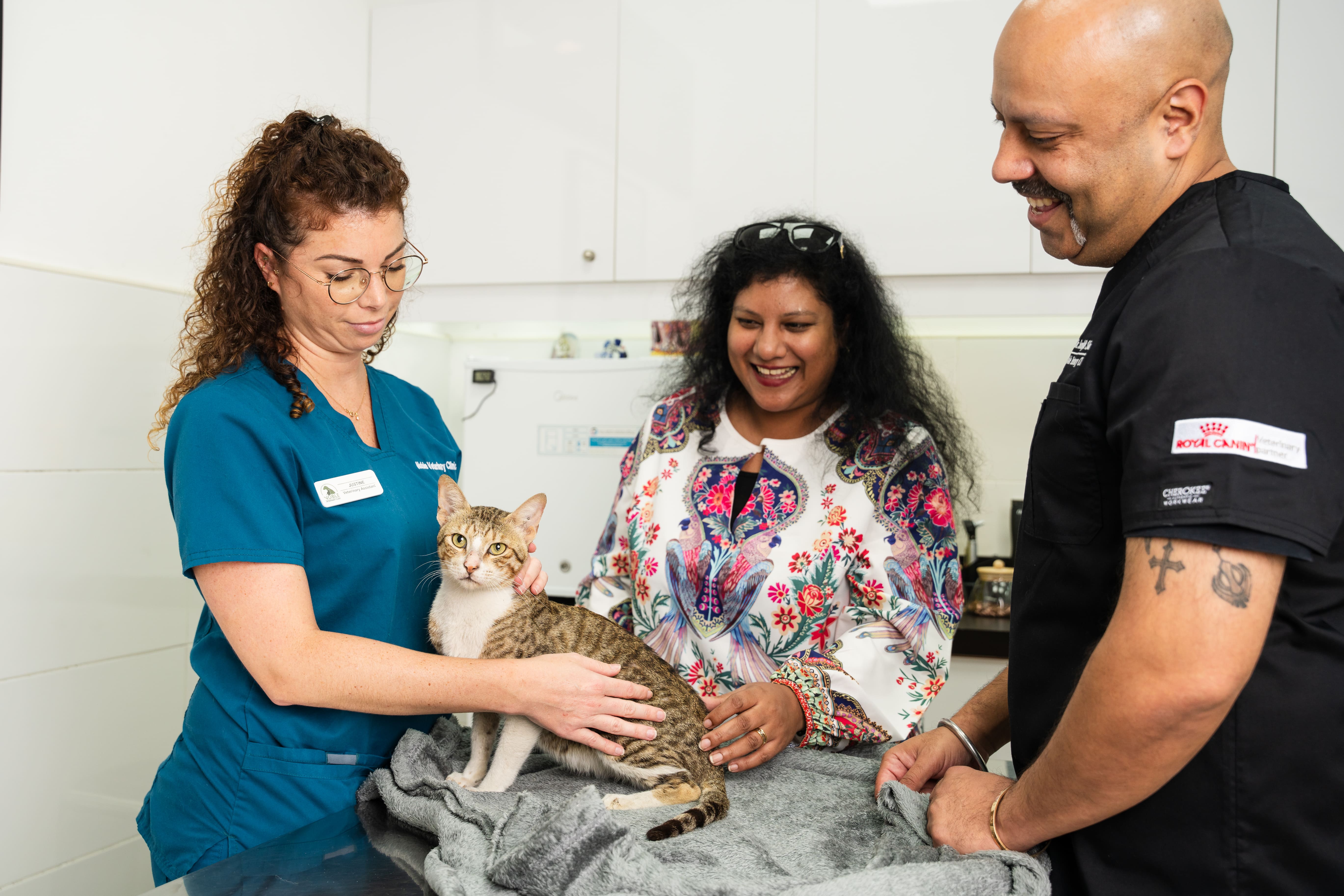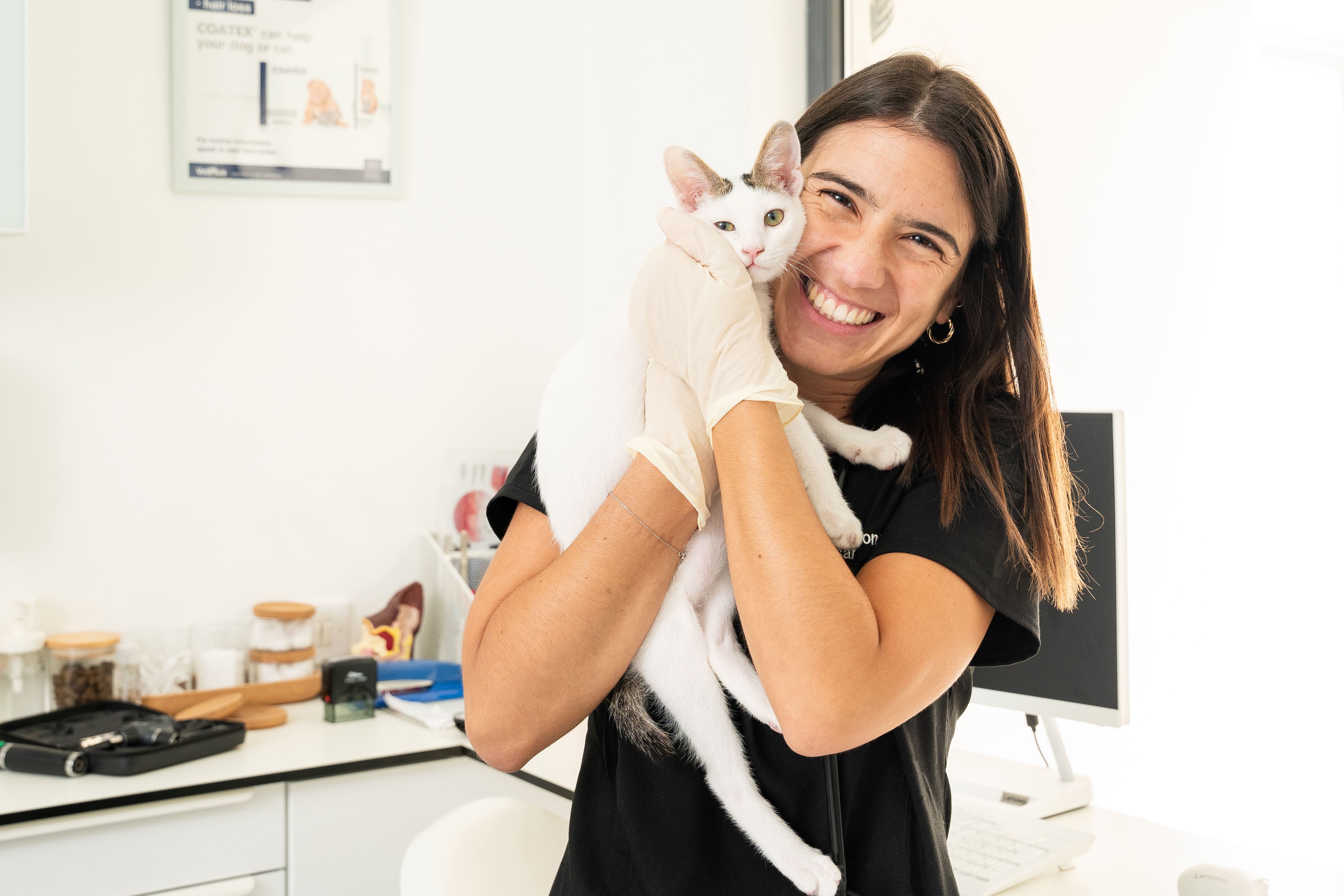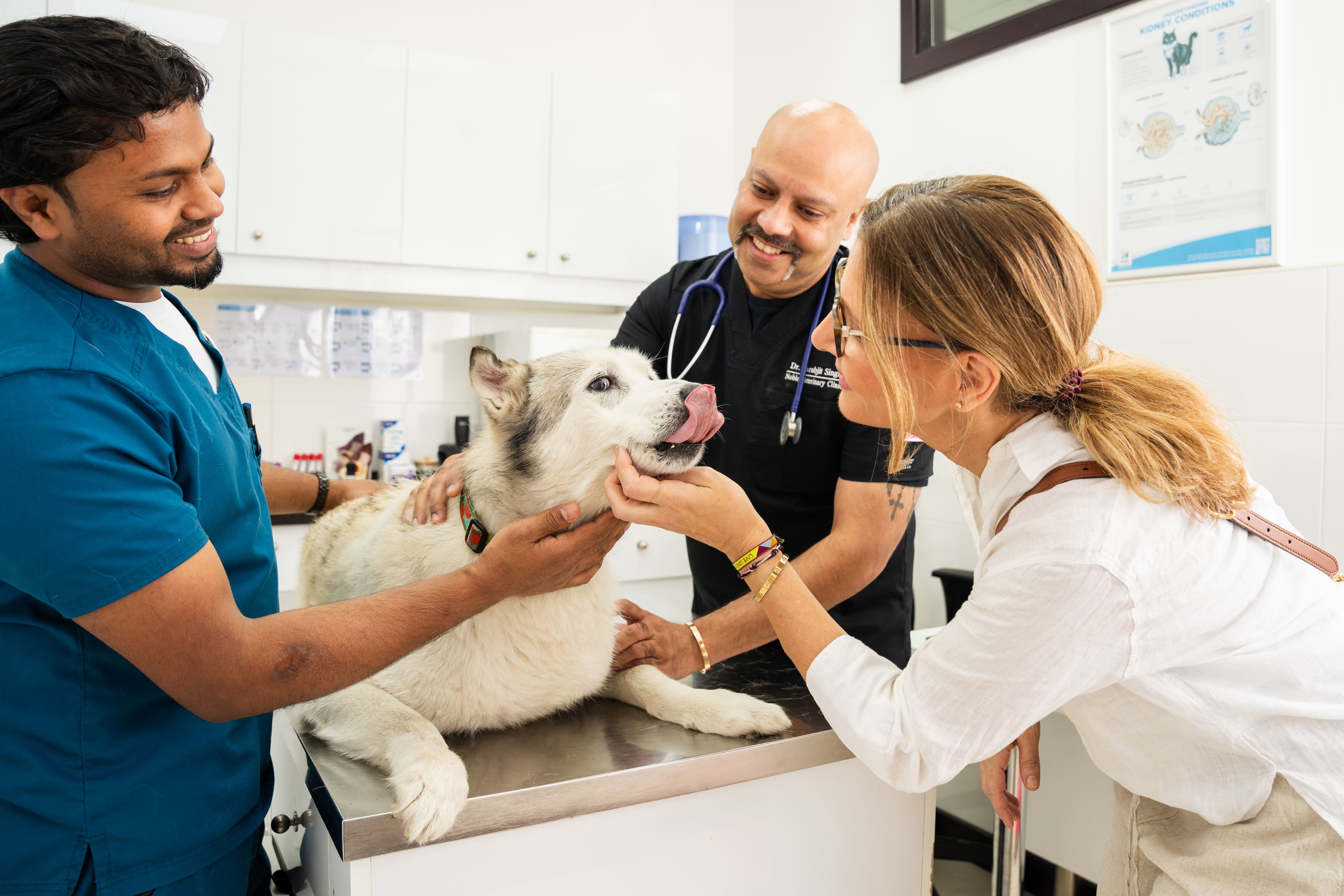February 17, 2025
As cat caretakers, we are responsible for keeping our cats comfortable and pain-free. Whether the pain is caused by surgery, arthritis, or another inflammatory condition, pain management is crucial for their health. One medication we can use to help our cats is Meloxicam.
Meloxicam for cats comes from a group of drugs called nonsteroidal anti-inflammatory drugs (NSAIDs). This drug reduces inflammation and pain, making it useful for managing discomfort caused by surgery or chronic conditions like arthritis.
This means that the drug can be helpful in procedures such as spaying and neutering, as well as orthopedic surgeries. While it is widely used in vet medicine, Meloxicam for cats requires careful dosing and monitoring due to potential side effects, especially kidney failure.
Here’s everything you need to know about Meloxicam for cats.
How Does Meloxicam for Cats Work?
Meloxicam for cats is commonly used to reduce pain, inflammation, and fever. It works by inhibiting cyclooxygenase enzymes, which produce prostaglandins. These chemicals contribute to inflammation and pain.
Simply put, when a cat experiences pain, its body produces prostaglandins, which trigger inflammation, swelling, and discomfort. Meloxicam blocks the production of these prostaglandins, helping reduce pain and inflammation.
However, prostaglandins also help maintain kidney function and protect the stomach lining. This is why Meloxicam must be used cautiously in cats, as it has been associated with potential kidney issues, especially with repeated dosing.
This medication is usually given in liquid or solid form, which can be in capsules or tablets. It can also come directly from the clinic in an injectable form.
Potential Side Effects of Meloxicam in Cats

While Meloxicam can be helpful in relieving pain and inflammation in cats, it comes with significant risks. Some cats may experience mild to severe side effects even when following the right dosage. Since cats are more sensitive to NSAIDs than other animals, it becomes even more important to monitor your cat.
Here are the potential side effects of Meloxicam in cats:
Common Side Effects
Some side effects of Meloxicam are mild and may resolve once the medication is discontinued. These include:
Vomiting.
Loss of appetite.
Lethargy or decreased activity.
Increased thirst and urination.
Abdominal pain.
These symptoms can indicate gastrointestinal irritation or early kidney stress. If they persist or worsen, stop the medication and consult with our vets right away.
Serious and Life-Threatening Side Effects
Some side effects of Meloxicam can be severe and require urgent veterinary intervention. The most dangerous risks associated with Meloxicam are kidney failure, gastrointestinal ulcers, and internal bleeding.
Kidney Failure
Cats are highly prone to NSAID-induced kidney damage, especially when given repeated doses. Kidney failure can develop even at low doses, making it one of the most significant concerns with Meloxicam use in cats.
Signs of kidney failure include:
Increased thirst and frequent urination.
Sudden loss of appetite.
Weight loss and muscle wasting.
Dehydration (dry gums, sunken eyes, loss of skin elasticity).
Little to no urination (advanced kidney failure).
Long-term use of Meloxicam for cats, even at low doses, greatly increases the risk of chronic kidney disease. Cats that receive repeated doses over time may develop permanent kidney damage, leading to chronic health issues.
Signs of chronic kidney disease include:
Gradual weight loss.
Poor coat quality.
Bad breath.
Vomiting and nausea.
Lethargy and muscle weakness.
Cats with chronic kidney disease require lifelong management, including a specialized diet, hydration therapy, and medications to slow disease progression. This is why NSAID use in cats must be carefully monitored and limited whenever possible.
Gastrointestinal Ulcers and Internal Bleeding
Meloxicam in cats can also damage the stomach and intestines, leading to ulcers and potentially fatal bleeding. Gastrointestinal ulcers and bleeding require immediate treatment, as they can lead to life-threatening blood loss and shock.
Symptoms of ulcers and internal bleeding include:
Vomiting blood or coffee-ground-like material
Dark, tarry stools.
Pale gums.
Sudden weakness or collapse.
Allergic Reactions to Meloxicam
While it is rare, some cats can have an allergic reaction to Meloxicam, which may cause pain and discomfort. Signs include:
Facial swelling.
Skin rash.
Difficulty breathing.
Severe itching.
Tips for Using Meloxicam for Cats

Meloxicam can be helpful in managing pain and inflammation in cats, but it must be used with extreme caution and knowledge. Here are some tips to follow when using Meloxicam for cats:
Follow the Prescription
Meloxicam should never be given without veterinary supervision, and you should always follow the exact dosage and instructions provided. Even a small change from the prescribed dose can increase the risk of adverse effects. Never attempt to adjust the dose on your own, and do not extend the duration of treatment beyond what the veterinarian has recommended.
Typically, doses are given at safe intervals. If your cat has missed a dose, skip that missed dose and give the medication at the next schedule. Repeated dosing has been linked to acute kidney failure and death. It’s super important to follow our guidance strictly and report any symptoms that are concerning immediately.
Give Meloxicam With Food
NSAIDs can cause irritation in the gastrointestinal lining, which may lead to chronic vomiting or ulcers. To reduce this risk, give oral Meloxicam to your cat with food. Mixing the medication with a small amount of wet food can help with absorption and minimize stomach irritation. Never give Meloxicam on an empty stomach, as this increases the likelihood of gastrointestinal side effects.
Monitor Your Cat for Signs of Side Effects
Cats react differently to medications, and some may develop side effects even at prescribed doses. If your cat is taking Meloxicam, keep an eye on some of the potential side effects. Be sure to report these findings to our vets so we can tackle the issue immediately.
Meloxicam Should Not Be Used in Certain Cats
Meloxicam is not safe for all cats, and some pre-existing conditions significantly increase the risk of complications.
Cats with these health problems should not take Meloxicam:
Kidney disease. Meloxicam can reduce blood flow to the kidneys, worsening kidney function or leading to acute kidney failure.
Dehydration. Cats that are dehydrated are more susceptible to kidney damage from NSAIDs.
Liver disease. Cats with liver problems may have more complications with liver function when taking Meloxicam.
Gastrointestinal problems. NSAIDs can worsen ulcers and increase the risk of internal bleeding.
Heart disease. Some NSAIDs can affect blood circulation and kidney function, making them risky for cats with heart conditions.
Pregnant or nursing cats. Meloxicam should not be given to pregnant and nursing cats because of the potential complications.
Kittens. Kittens under the age of four are more sensitive to medications. Their organs are still developing, which will increase the likelihood of toxicity.
Avoid Mixing Medications
Meloxicam should never be combined with other NSAIDs or corticosteroids, as this can increase the risk of kidney failure, stomach ulcers, and internal bleeding. When having the first dose or the initial checkup, make sure to inform our vets of any medications or supplements your cat is taking. This helps us create better choices for your cat’s health.
Schedule Regular Checkups
If our vets prescribe Meloxicam to your cat for more than a single dose, routine checkups will be important. We will likely check kidney function, liver enzymes, and overall health to be sure that the medication is not causing harm. These checkups are especially important for older cats or those receiving long-term pain management.
Store Meloxicam Safely
Like all medications, Meloxicam should be stored properly to maintain its effectiveness. Keep the bottle out of reach of pets and children, and store it in a cool, dry place away from direct sunlight. Always check the expiration date before giving the medication since expired medications can be dangerous.
Our cats rely on us to ease their pain with care and wisdom. The best pain management isn’t just about medication. It’s about choosing the safest path to comfort, mobility, and a better quality of life.
- Dr. Leticia Maia
Conclusion
Meloxicam can be effective for short-term pain relief in cats, but it comes with serious risks, especially with repeated use. Long-term use has been linked to chronic kidney failure and other severe side effects.
If our vets prescribe it, make sure to keep your cat comfortable and closely monitor for side effects. If you’re concerned about the risks, talk to us about alternative pain relief options that may be safer for your cat’s long-term health.
Subscribe to Our
Newsletter
Sign up for weekly pet health tips and insights from our veterinarians.




